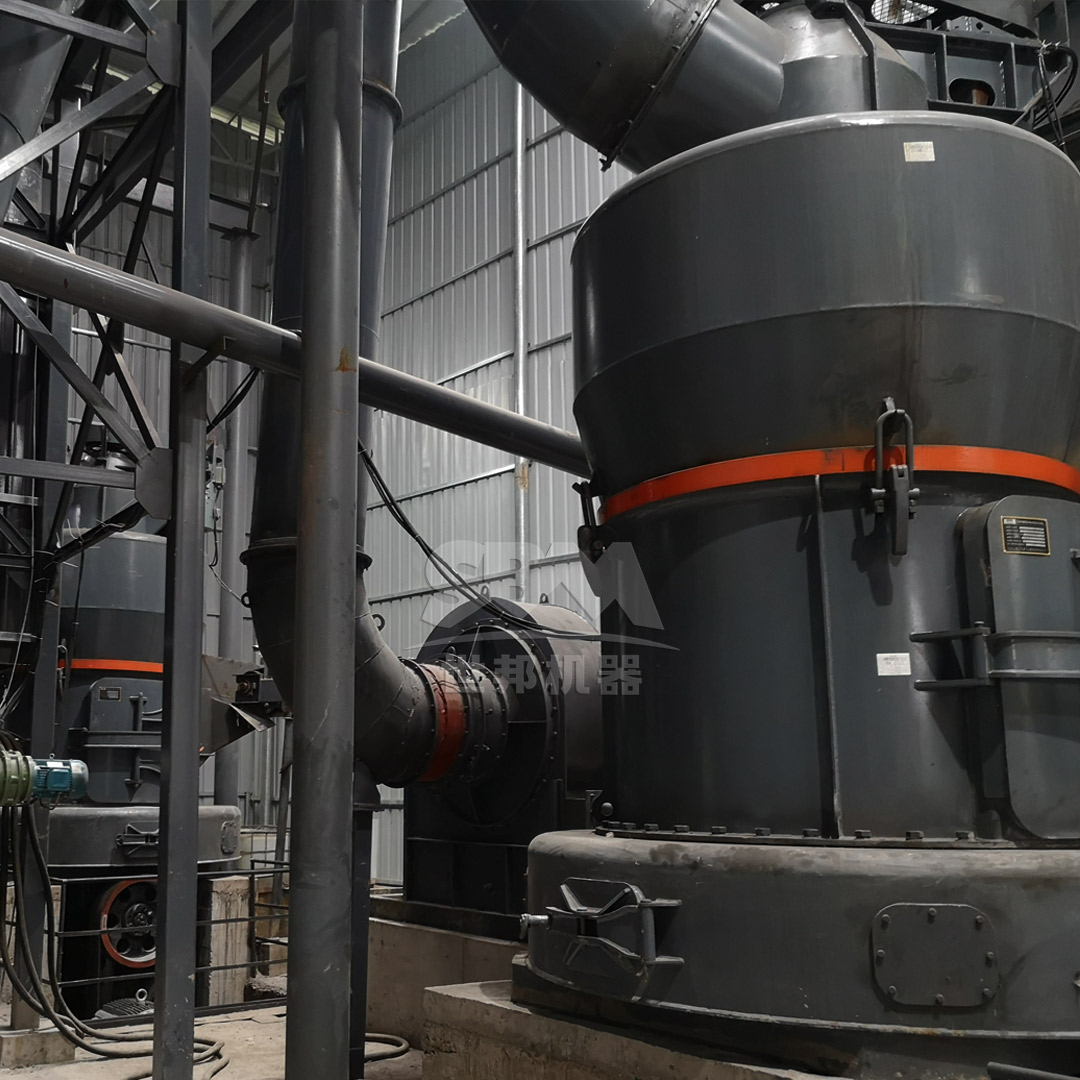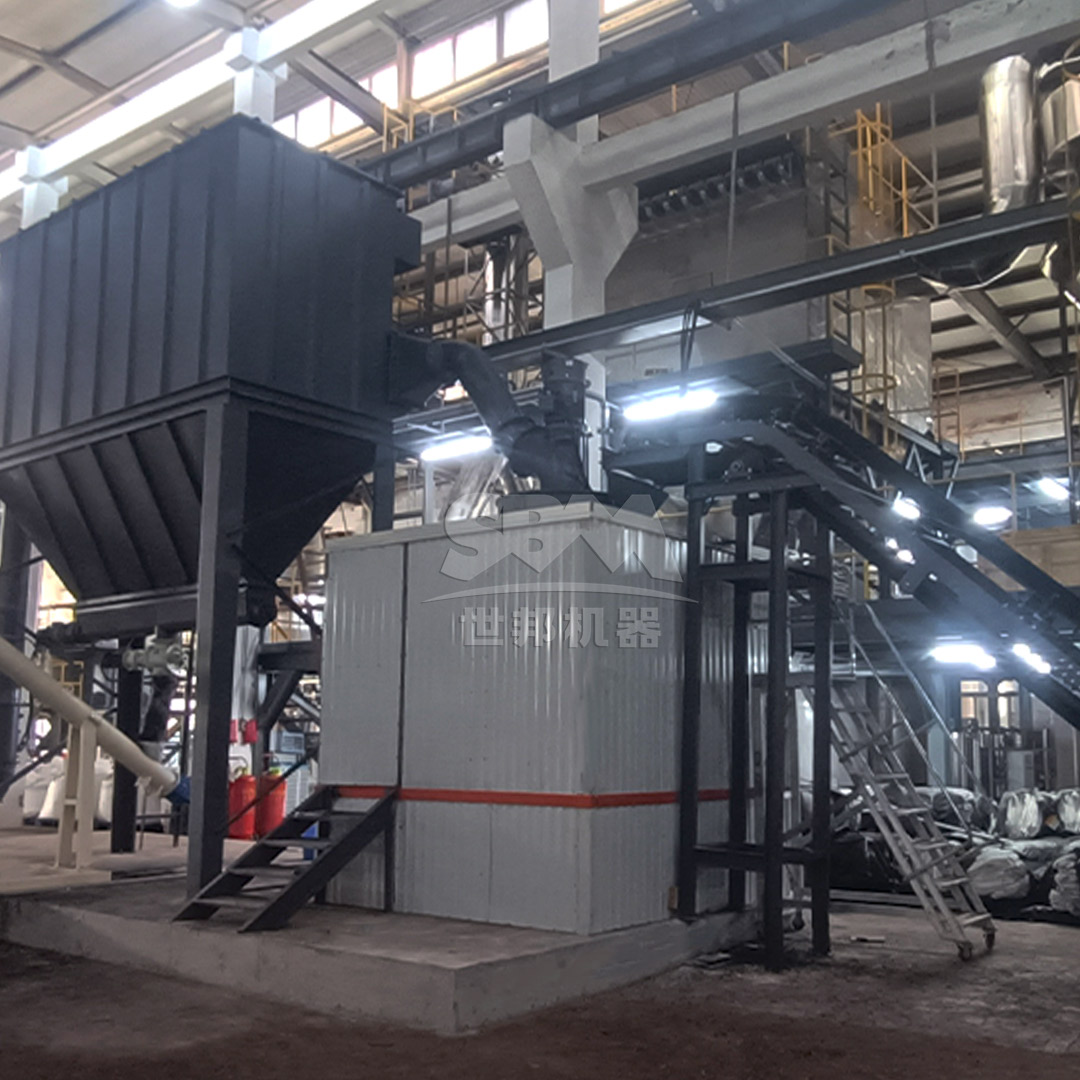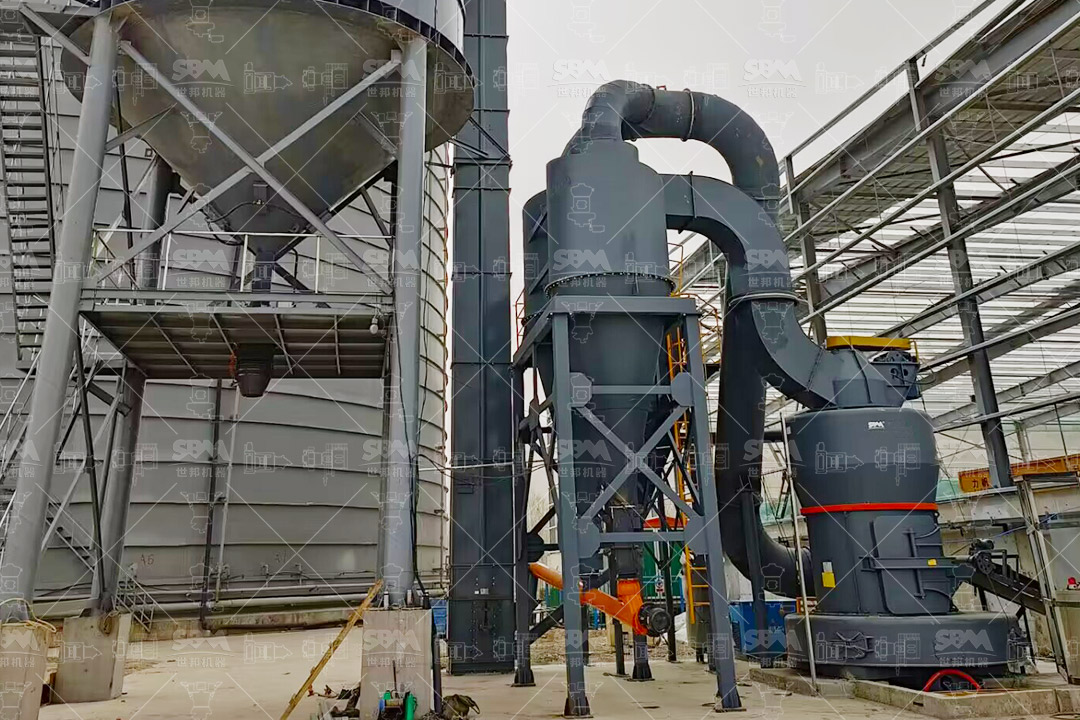August 24, 2025
Introduction
The semiconductor industry’s relentless pursuit of miniaturization and performance demands exceptionally high-purity materials. Quartz, prized for its excellent electrical insulation, thermal stability, and chemical inertness, is a fundamental material in wafer carriers, etching chambers, and various critical components. The transition from raw quartz to a functional semiconductor part is a journey defined by precision, and its most critical phase is the grinding process. Achieving the required purity, particle size distribution (PSD), and surface chemistry is not merely a matter of crushing rock; it is an advanced technological discipline. This article explores the sophisticated grinding techniques essential for producing the high-purity quartz powders that form the bedrock of modern semiconductor manufacturing.

The Imperative of Purity and Precision in Semiconductor Quartz
Any contamination introduced during the grinding of quartz can have catastrophic effects on semiconductor yield. Metallic impurities, even at parts-per-million (ppm) or parts-per-billion (ppb) levels, can create electronic defects, while inconsistent particle morphology can lead to poor sintering behavior and flawed final components.
Key Requirements for Semiconductor-Grade Quartz Powder:
- Chemical Purity: SiO₂ content typically >99.99% (4N purity) or higher, with strictly controlled levels of specific metallic contaminants like Fe, Na, K, Ca, and Al.
- Precise Particle Size Distribution (PSD): A tight, mono-disperse PSD is crucial. For many applications, a D97 of ≤5μm is required, with no oversized particles that could act as failure points.
- Particle Morphology: Controlled shape (e.g., spherical or sub-angular) to ensure optimal packing density and flow characteristics during subsequent forming processes like slip casting or injection molding.
- Surface Chemistry: The grinding process must not create a contaminated amorphous layer on the particle surfaces, which can affect sintering and final properties.
Advanced Grinding Technologies for High-Purity Applications
Meeting these stringent requirements necessitates moving beyond conventional crushing and ball milling. The following advanced grinding technologies are employed to achieve the necessary levels of performance.
1. Jet Milling (Fluid Energy Milling)
Jet milling is a cornerstone technology for high-purity grinding. It operates on the principle of particle-on-particle impact in a high-velocity stream of compressed air or inert gas (like nitrogen). This method is inherently clean, as it eliminates mechanical wear from grinding media, which is a primary source of metallic contamination.
Advantages:
- Ultra-High Purity: No grinding media contact ensures minimal contamination.
- Precise Top Cut: Excellent for removing oversized particles and achieving a very narrow PSD.
- Cool Operation: The expanding gas cools the system, preventing thermal damage to the material.
Limitations: Higher energy consumption compared to some mechanical mills and lower overall throughput.
2. High-Precision Mechanical Mills with Advanced Linings
For applications where jet milling’s energy cost is prohibitive for the required throughput, advanced mechanical mills are used. The critical innovation here is the use of specialized lining and grinding media materials, such as high-density alumina, zirconia, or even polyurethane. These materials are selected to be harder than quartz but with a similar or lower potential for introducing critical contaminants.
Advantages:
- Higher Throughput: Capable of processing larger volumes of material.
- Energy Efficiency: Often more efficient than jet milling for coarser grinds.
- Versatility: Can be designed for both dry and wet grinding processes.
Limitations: Requires meticulous maintenance and monitoring to manage media wear and potential contamination over time.
Introducing the SCM Ultrafine Mill: A Solution for High-Volume, High-Purity Production
For manufacturers seeking an optimal balance between unparalleled purity, high throughput, and energy efficiency, the SCM Ultrafine Mill represents a superior choice. This mill is engineered specifically for applications demanding ultra-fine powders with minimal contamination, making it ideal for semiconductor-grade quartz processing.

Why the SCM Mill Excels in Semiconductor Applications:
- Exceptional Purity: Its unique grinding chamber design utilizes special wear-resistant materials for rollers and rings, drastically reducing the wear rate and the consequent risk of metallic contamination. The absence of bearings and screws in the grinding zone further eliminates potential sources of pollution.
- Unmatched Fineness: Capable of achieving a output fineness between 325-2500 mesh (D97 ≤5μm), it perfectly meets the stringent size requirements for quartz powder used in advanced ceramics and semiconductors.
- High Efficiency & Energy Savings: With a capacity twice that of traditional jet mills and energy consumption reduced by 30%, the SCM mill offers a significantly lower operational cost per ton of high-purity powder produced.
- Intelligent Control: The integrated intelligent control system provides automatic feedback on成品粒度 (finished product粒度), ensuring consistent quality and reducing operator intervention.
- Environmental Compliance: The built-in pulse dust collector exceeds international efficiency standards, ensuring a clean working environment and containing all fine particles, while its low-noise design (≤75dB) meets strict factory regulations.
| Model |
Processing Capacity (ton/h) |
Main Motor Power (kW) |
Output Fineness (mesh) |
| SCM800 |
0.5-4.5 |
75 |
325-2500 |
| SCM900 |
0.8-6.5 |
90 |
325-2500 |
| SCM1000 |
1.0-8.5 |
132 |
325-2500 |
| SCM1250 |
2.5-14 |
185 |
325-2500 |
| SCM1680 |
5.0-25 |
315 |
325-2500 |
The Grinding Process: From Raw Material to Finished Powder
The journey to high-purity quartz powder is a multi-stage, carefully controlled process:
- Raw Material Selection & Pre-Cleaning: Only high-purity quartz blocks with verified low impurity levels are selected. They may undergo acid washing or other pre-cleaning steps.
- Primary Crushing: Large blocks are jaw-crushed to a manageable size (e.g., ≤20mm for the SCM Mill).
- Magnetic Separation: Powerful magnets remove ferrous metallic impurities introduced during mining or primary crushing.
- Advanced Grinding (e.g., in SCM Mill): The pre-cleaned feed is conveyed into the mill. The material is centrifugally dispersed into the grinding track and is repeatedly crushed and ground by the rollers. The vertical turbine classifier ensures only particles meeting the target size proceed to collection, while oversize particles are returned for further grinding.
- Post-Processing & Classification: The collected powder may undergo additional air classification to ensure a perfect PSD. Acid leaching is a common final step to dissolve any surface contaminants that may have been adsorbed during processing.
- Quality Control & Packaging: The final product is rigorously tested for chemical composition, PSD, and other critical parameters before being packaged in a clean, controlled environment to prevent re-contamination.

Conclusion
The production of high-purity quartz for the semiconductor industry is a testament to precision engineering and meticulous process control. It is no longer sufficient to simply grind material; one must do so with an unwavering commitment to purity, consistency, and efficiency. Advanced grinding technologies like jet milling and, notably, high-performance mechanical mills like the SCM Ultrafine Mill, provide the necessary tools to meet these extreme demands. By leveraging such technology, manufacturers can ensure a reliable supply of the foundational materials that enable the continued advancement of the global electronics industry, chip by tiny, perfect chip.


